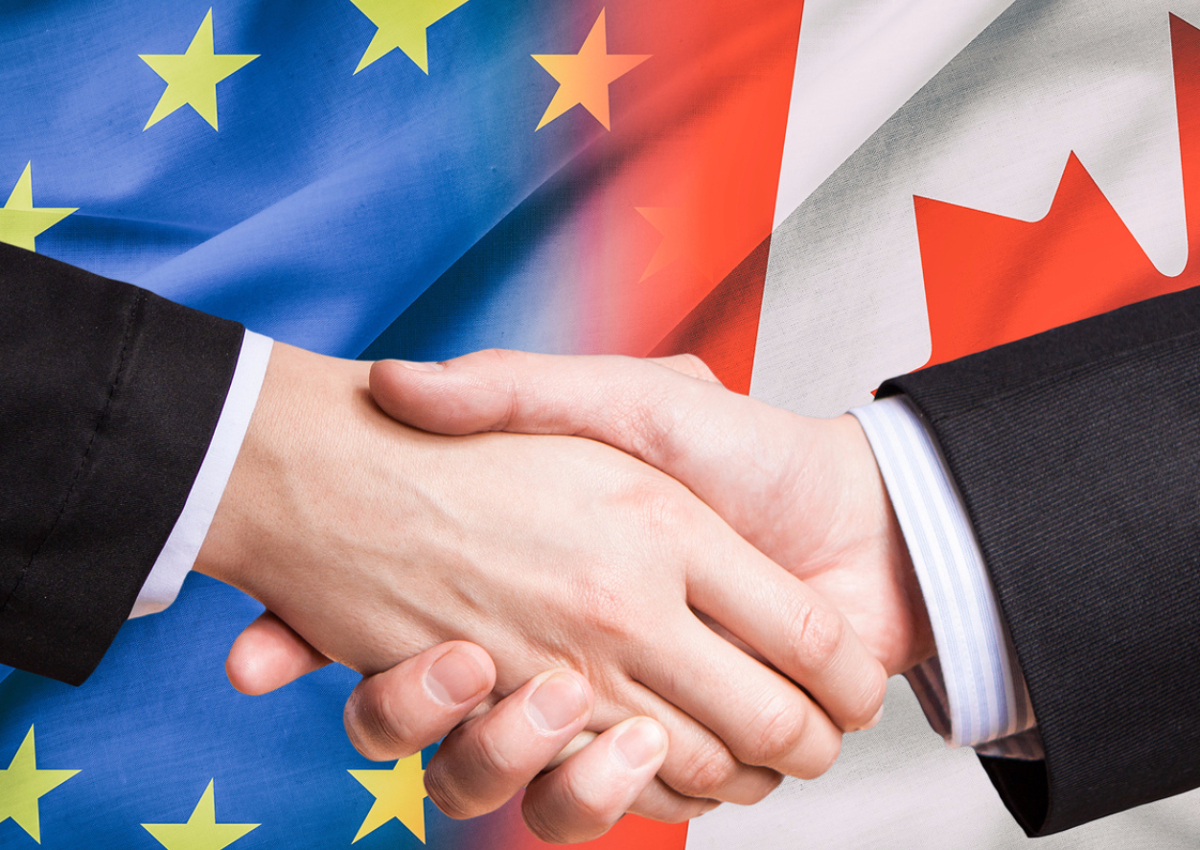Rejecting CETA would be a terrible mistake, says Nicola Levoni, president of ASSICA (Italian Meat and Charcuterie Manufacturers’ Association). EU negotiators have reached a very good agreement, that can certainly be improved but without which our PDO and PGI cold cuts would have no protection in Canada. The coexistence of Geographical Indications and trade marks is not the final solution, but it certainly represents a fundamental step forward. Conversely, the total lack of protection favours the proliferation of counterfeiting: it happened in the past in Canada and it is happening now in Russia after the closure of that market to our productions.
The list of Italian cold cuts protected by CETA
There are 11 Italian cured meats protected by CETA: Bresaola della Valtellina PGI, Cotechino Modena PGI, Culatello di Zibello PDO, Lardo di Colonnata PGI, Mortadella Bologna PGI, Prosciutto di Modena PDO, Prosciutto di Parma PDO, il Prosciutto di S. Daniele PDO, Prosciutto Toscano PDO, Speck Alto Adige PGI, Zampone Modena PGI. The treaty provides for the inclusion of additional products in the future.

Italian charcuterie exports to Canada
Canada, however, is appreciating Italian cured meats very much. In 1997, when the Canadian market was opened to Prosciutto di Parma alone, exports were only 38 tonnes. They increased to 238 in 2005 with the opening to Prosciutto di San Daniele and cooked products, and to over 400 tonnes in 2009, the year of opening to Italian charcuterie with a short maturation period. And so on until it reached, in 2017 – whien CETA came into provisional application – the milestone of 2,148 tons (+39.4% compared to 2016) for a value of 25.9 million euros (+43.5%). This growth trend continued in the first quarter of the current year, when exports of Italian cured meats to Canada reached 455 tonnes (+8.2%).
Why CETA is a good deal
The continuing gridlock in multilateral negotiations and the halt to the free trade agreement between the EU and the US make CETA even more valuable; not only from the point of view of bilateral relations between the EU and Canada, but also because of access to the North American market as a whole (NAFTA) Levoni adds.
Trade barriers still standing
Between October 2016 and July 2017, the World Trade Organisation’s report on G20 Trade Measures counted 292 non-tariff barriers among G20 countries, 42 of which were new. This shows that trade relations are characterized by a new wave of protectionism, which increasingly affects advanced countries. In this context, it is essential for the EU to strengthen its trade links and to sign free trade agreements with its main partners. As charcuterie producers, we call for a moment of confrontation between the Italian government and all those involved. Thanks to our experience, we can provide objective data and give content and value to the ongoing dialogue on Italy’s trade policy, Levoni concluded.


